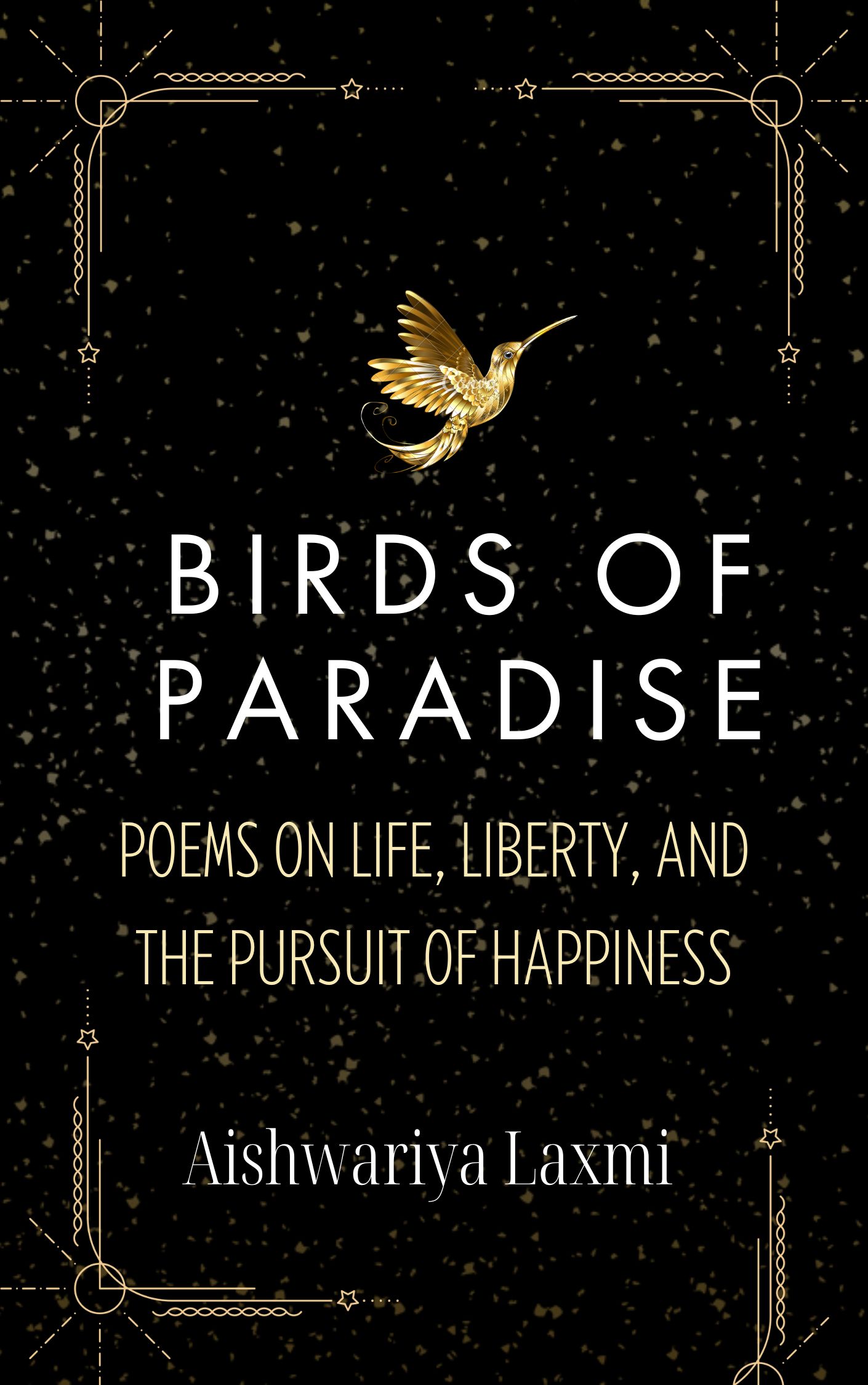Absence in literature is a powerful device that plays with the expectations and emotions of readers by emphasizing what is not present. Here are a few ways absence can be used:
- Creating Mystery: When a character or piece of information is notably absent, it can create a sense of mystery and suspense. Readers might be left wondering about the significance of what’s missing and its impact on the story.
- Highlighting Loss: Absence can be used to underline themes of loss and longing. By focusing on what is missing, authors can evoke strong emotional responses, making the presence of absence palpable.
- Amplifying Presence: Sometimes, the absence of a character or element can actually serve to highlight its importance. The void left by the absence can make the presence of that character or element even more significant when it reappears.
- Driving Plot: The absence of something crucial can be a key driving force in a narrative. For example, the absence of a key piece of information can lead characters on a quest or investigation.
- Silence and Unspoken Words: Absence can also manifest in the form of silence or things left unsaid. This can create tension and subtext, inviting readers to read between the lines and infer deeper meanings.
- Reflecting Themes: Absence can mirror broader themes in a work. For instance, in dystopian literature, the absence of freedom or individuality can reflect the oppressive nature of the society depicted.
A well-known example of absence as a literary device is in Samuel Beckett’s play “Waiting for Godot,” where the titular character Godot never appears, leaving the audience to ponder the meaning of his absence and the implications for the characters waiting for him.












